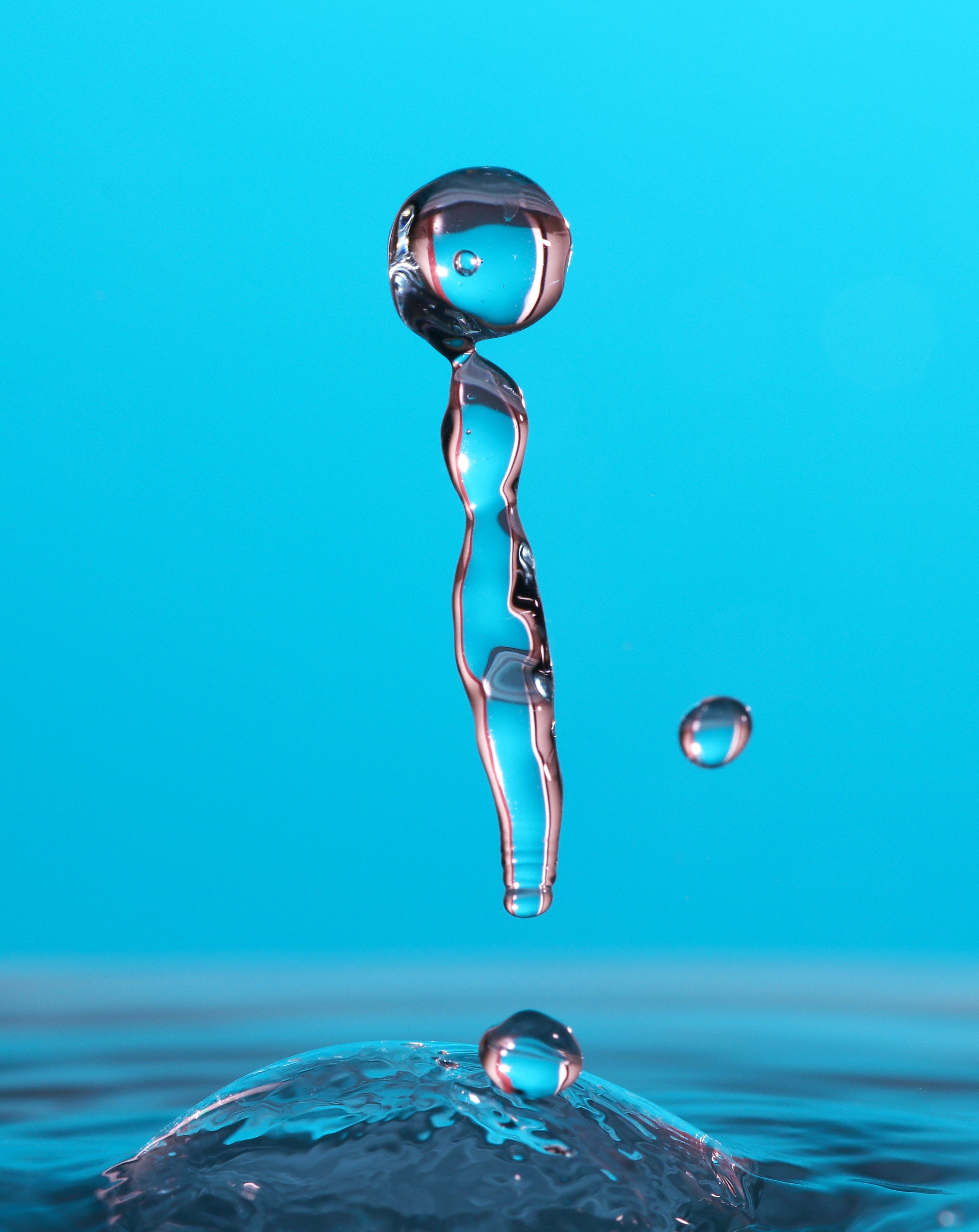The possibilities modern studio flashes allow techniques that even some professionals are not always familiar with. In order to use these correctly in the various photographic situations, it is advisable to deal with them in detail advanced features the studio flashes. Photographers can you service portfolio and your creative possibilities expand significantly as soon as they have practiced high-speed sync, the delay function or freezing fast movements.
Below, this post goes into more detail on the five additional functions modern studio flashes:
- The freeze mode
- The delay function
- High speed sync
- Flash on the first or second shutter curtain
- Easy Cap for easier release
The freeze mode
Fast movements capture pin-sharp images even in poor light This is not an easy task, after all, photographers have to release the shutter at the perfect moment and the exposure time should be as short as possible.
In the course of the further development of digital photography and thus also of flash technology, photographic freeze developed a discipline of his own with fast-moving motifs. By splitting a single second through the Lightning captured will, photographers get a completely new one insight into the scene , which is normally hidden from the human eye.
A rule of thumb in photography says that the twice the reciprocal of the focal length used must be used as a shutter speed to capture an object or a person razor sharp to capture With a normal focal length of 50 millimeters, the shutter speed must correspond to at least 1/100 second.

The latest flashes achieve one shortest burning time of just one 1/19,000 second. Based on the rule of thumb mentioned above, it follows that almost all moving objects , if one succeeds, these in the photographic composition to accommodate freeze . Water splashes or even individual, falling water drops can thus be photographed more easily than ever.
Thedelay function
Many photographers are now familiar with stroboscopic effects when taking photos with a clip-on flash. thanks to the delay function can be several for the first time flashes use to achieve this effect.
The basics for using the delay function to imitate one stroboscopic effect are a dark room and a long exposure. The time of triggering the individual flashes used, which are positioned around the object or model, is determined by the photographer to the second precisely set. Within a single photo, individual positions of a movement can be creatively combined with each other. Likewise, creative people achieve effects that are otherwise only typical of a classic Double or multiple exposure are.
High speed sync
For a long time was the so-called maximum sync time a problem of analog and the young digital photography. If the shutter release time of the camera was too fast, black bars appeared in the image, and flashes could hardly be used in strong ambient light.
Most photographers are now familiar with the concept of High speed sync , or short HSS , encountered. However, only a few deal with the topic in more detail, as a steep learning curve is suspected behind it. However, this is not the case, because the term means nothing more than the ability to increase the flash's burn time with a extremely short exposure time to sync. This allows photographers to rapid movements to freeze and can even block out the ambient light, even in intense sunlight.

Flash on the first or second shutter curtain
The principle of one camera shutter based on two curtains . As soon as the first curtain opens, the exposure begins, a second curtain closes and ends it. In principle, flashes trigger directly with the opening of the first curtain. Everything that is in the picture at that point in time becomes razor sharp captured on the camera's sensor.
In the camera, the user sets that this is only just before the closing of the second curtain and thus with the end of the exposure time triggers. Everything that was in motion during the exposure, such as a moving car or a galloping horse, only becomes motion End of exposure sharp captured, the moments before almost appear picturesque in length pulled and mediate the impression of movement . This effect would not be possible when using the flash with the first curtain.

Easy Cap for easier release
Despite the ever-improving automatic Features for cropping of objects on images, such as those offered by Photoshop, there are still hardship cases that take a lot of time and nerves. In order to make the process much easier and faster, experienced product photographers use the Easy cap method .
In the Easy cap / mask pattern function fromstudio flash is it possible between two lighting setups to choose. The first structure gives the object that is to be released later a perfect illumination . In the second construction, only the alternative lighting setup used exclusively the background lit and from the object only one dark silhouette leaves. Are these two shots layered in a suitable way image editor superimposed, the release is surprisingly easy, masks are no longer needed.
A summary of the extended flash functions
The modern studio flash is far more than just a tool today. He is a creative tool , with the photographer one own visual language and one individual look develop. Used correctly, thestudio flashInsights into worlds that usually remain hidden from the human eye.
If you too have great shots the studio flash did, please tag usInstagram andFacebook with the hashtag#jinbeiphotobox. We look forward to your results!





Teilen:
Professional shots with soft light
How to properly care for your photo equipment